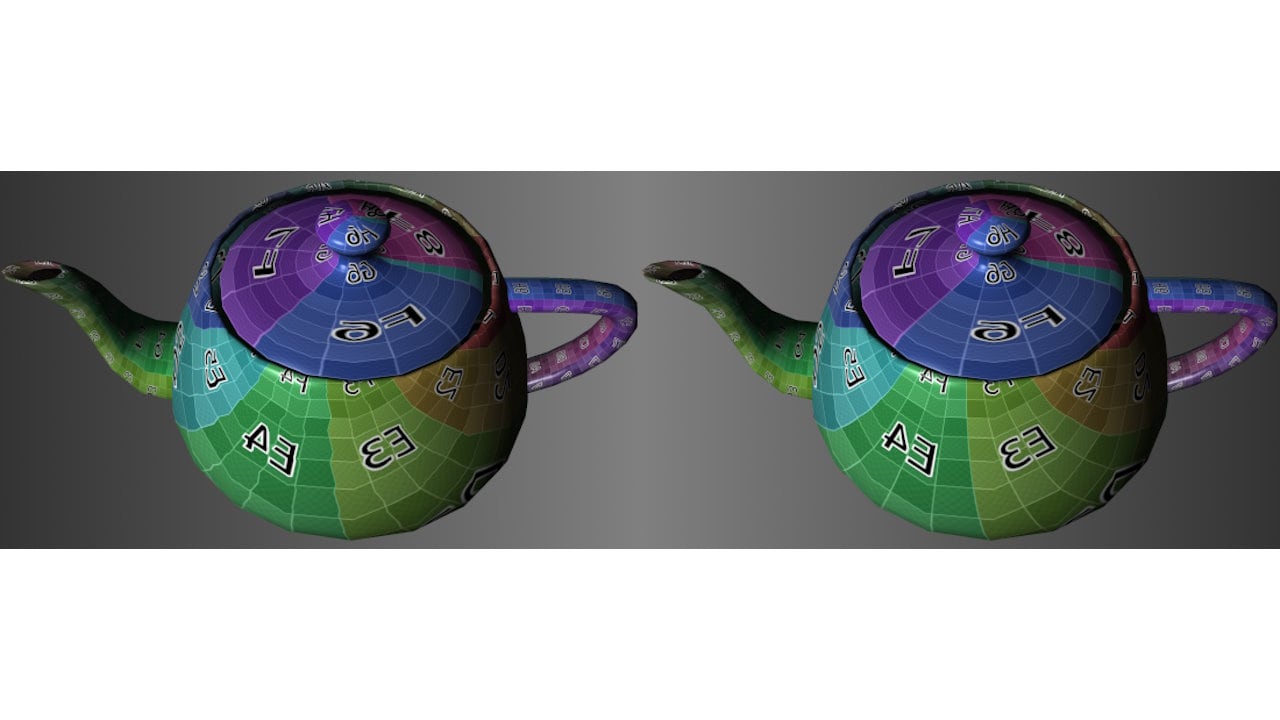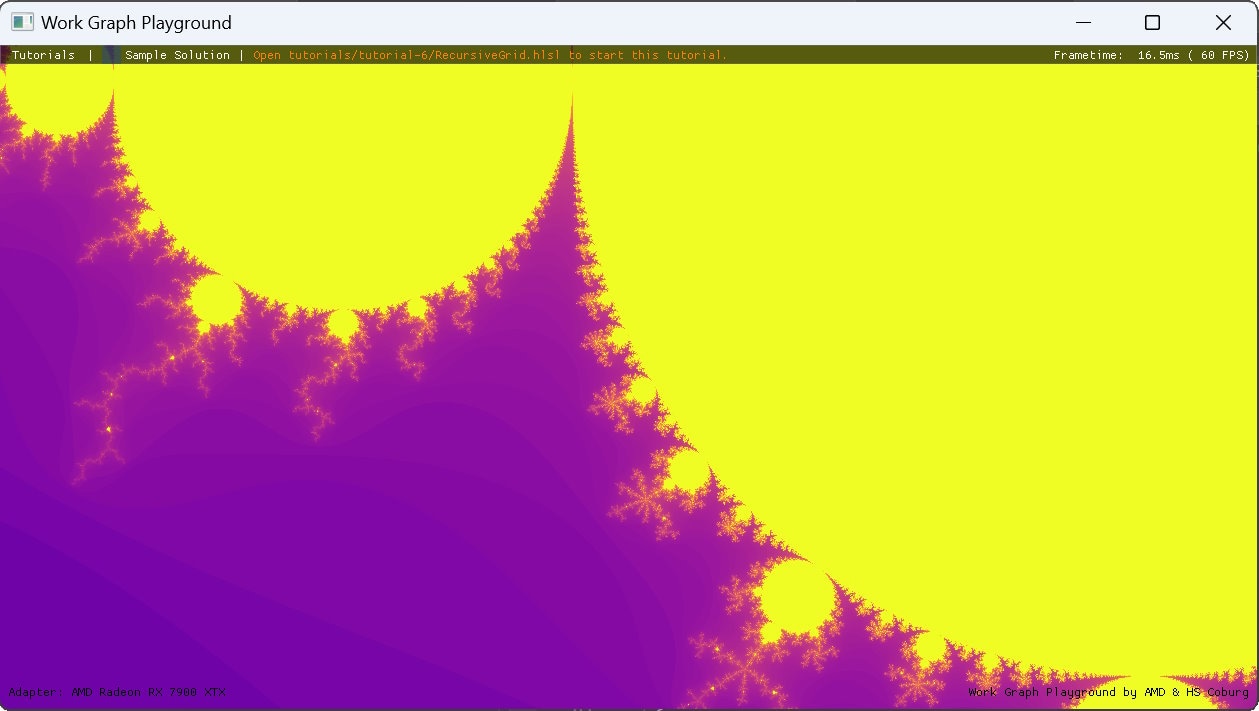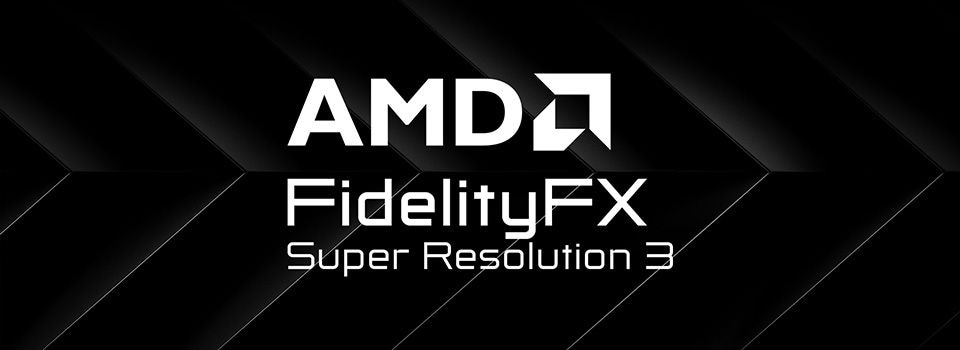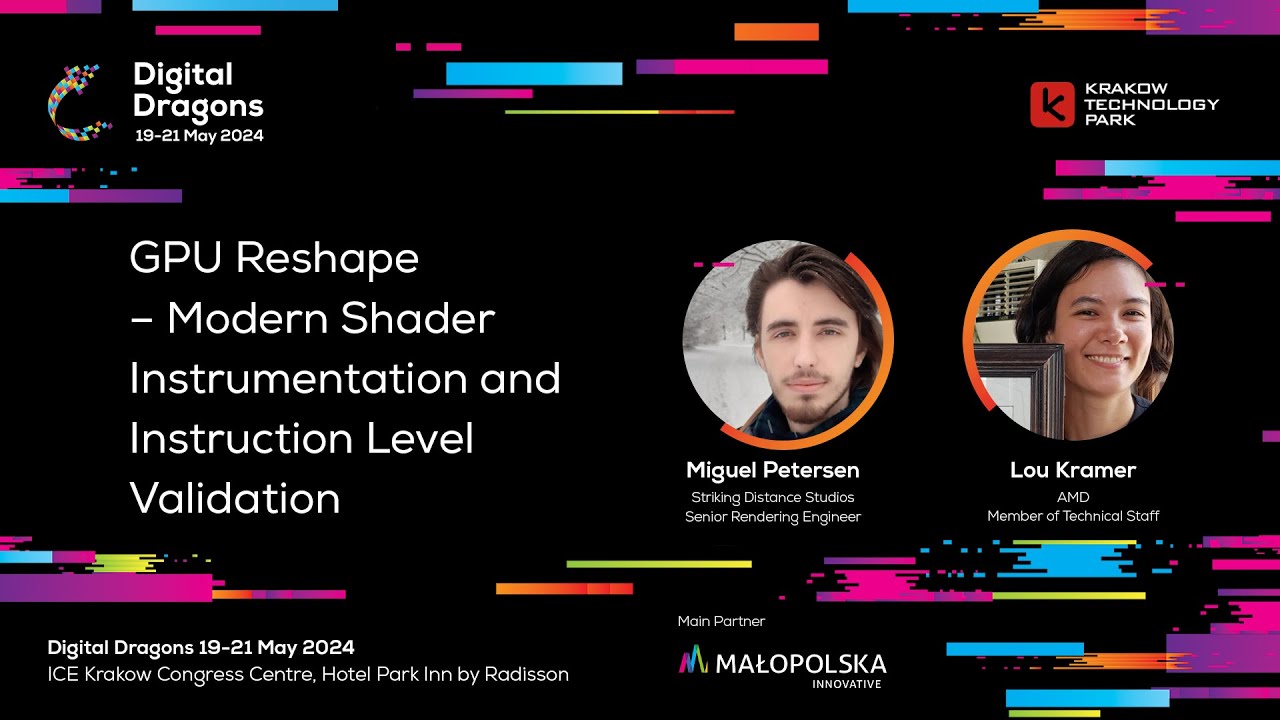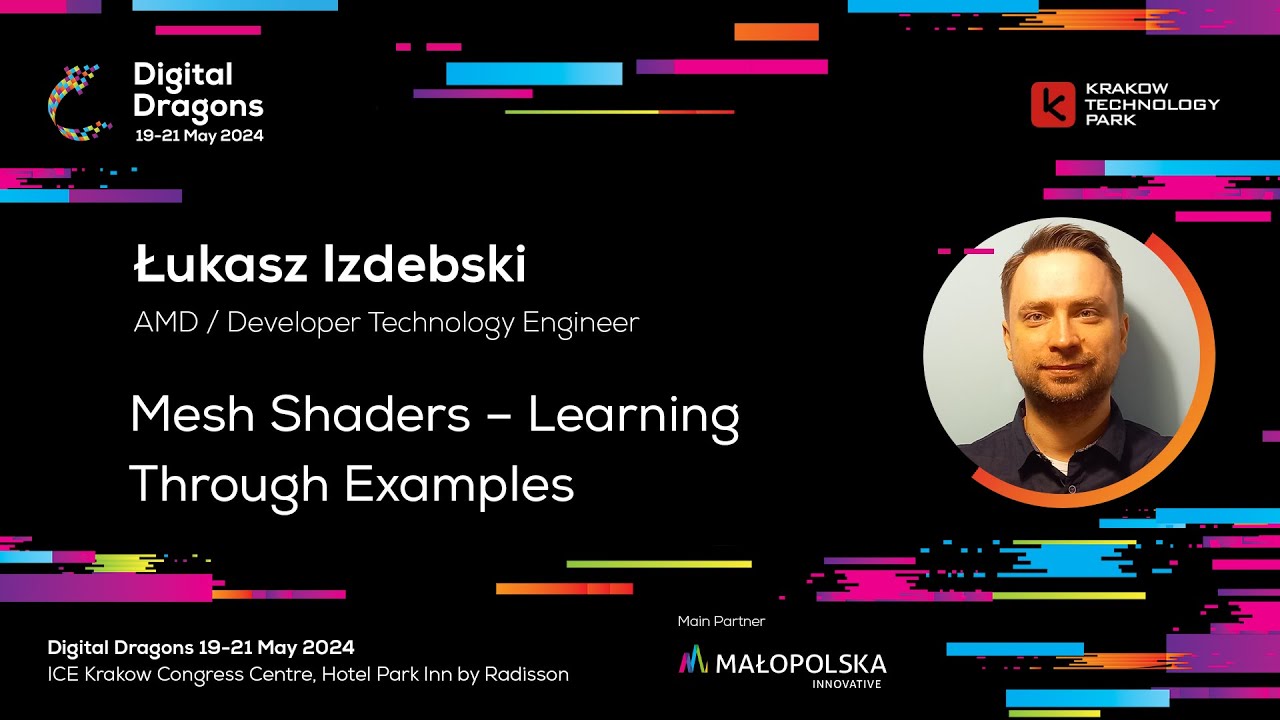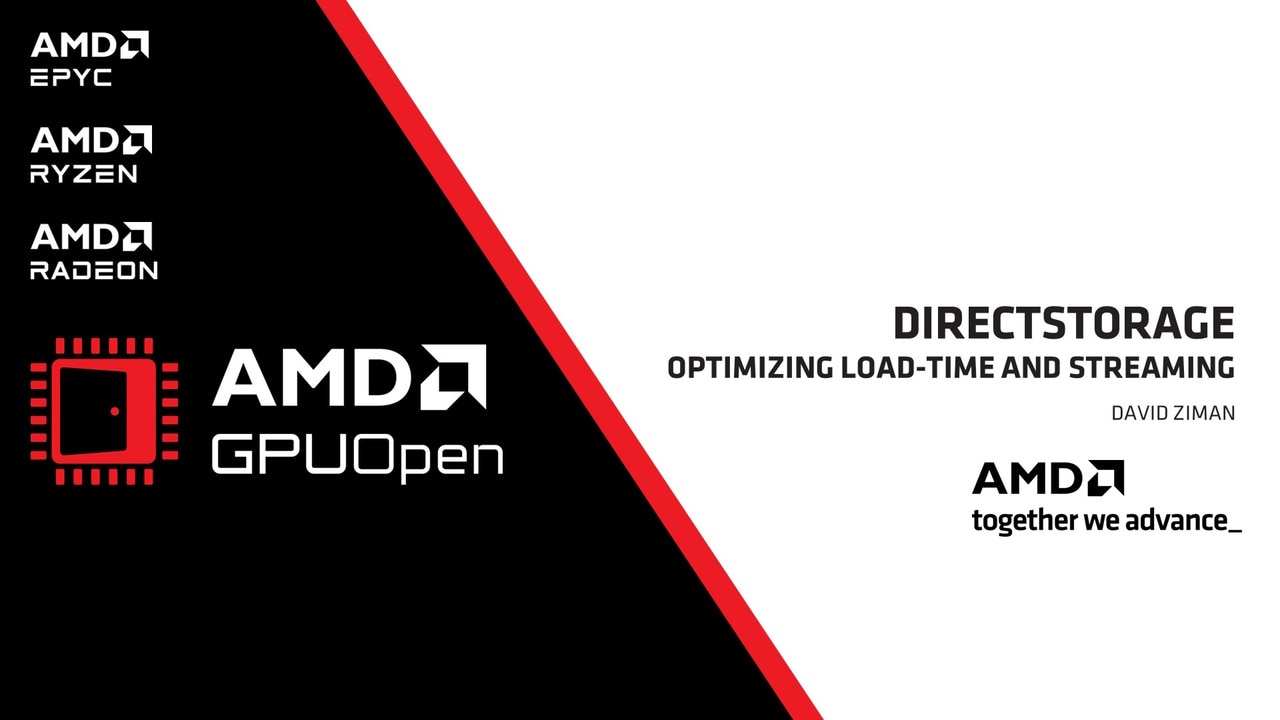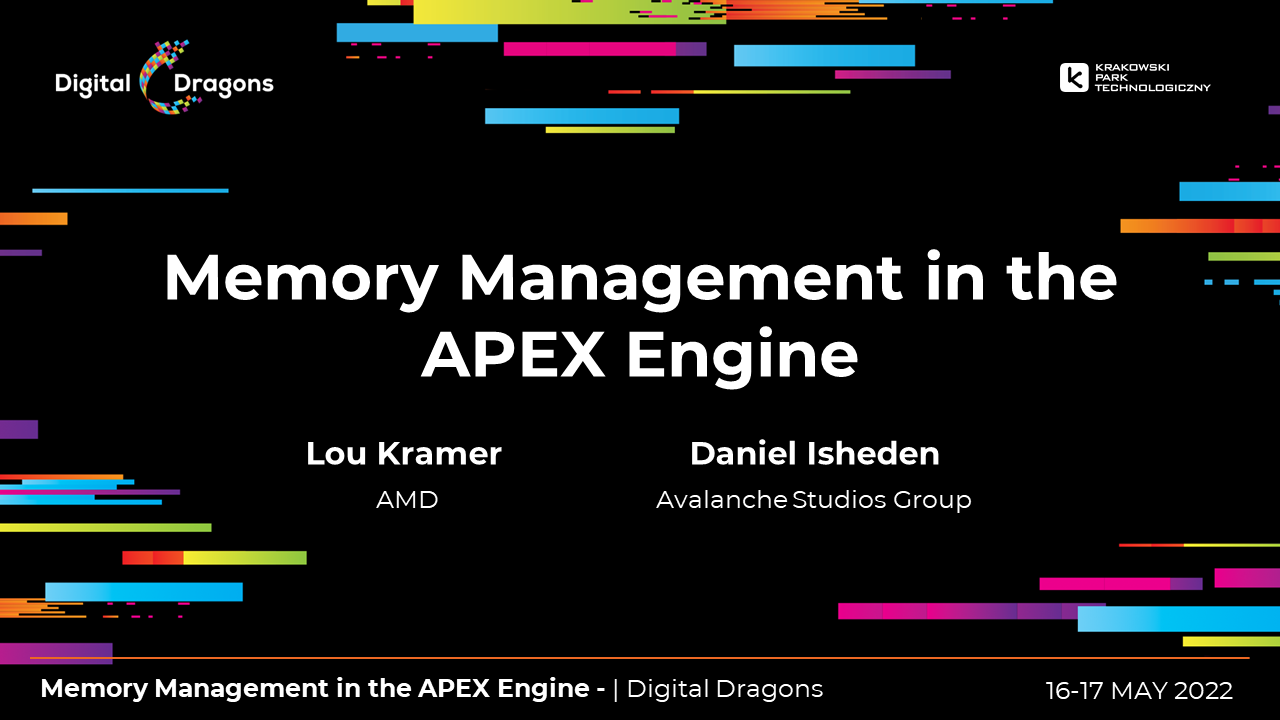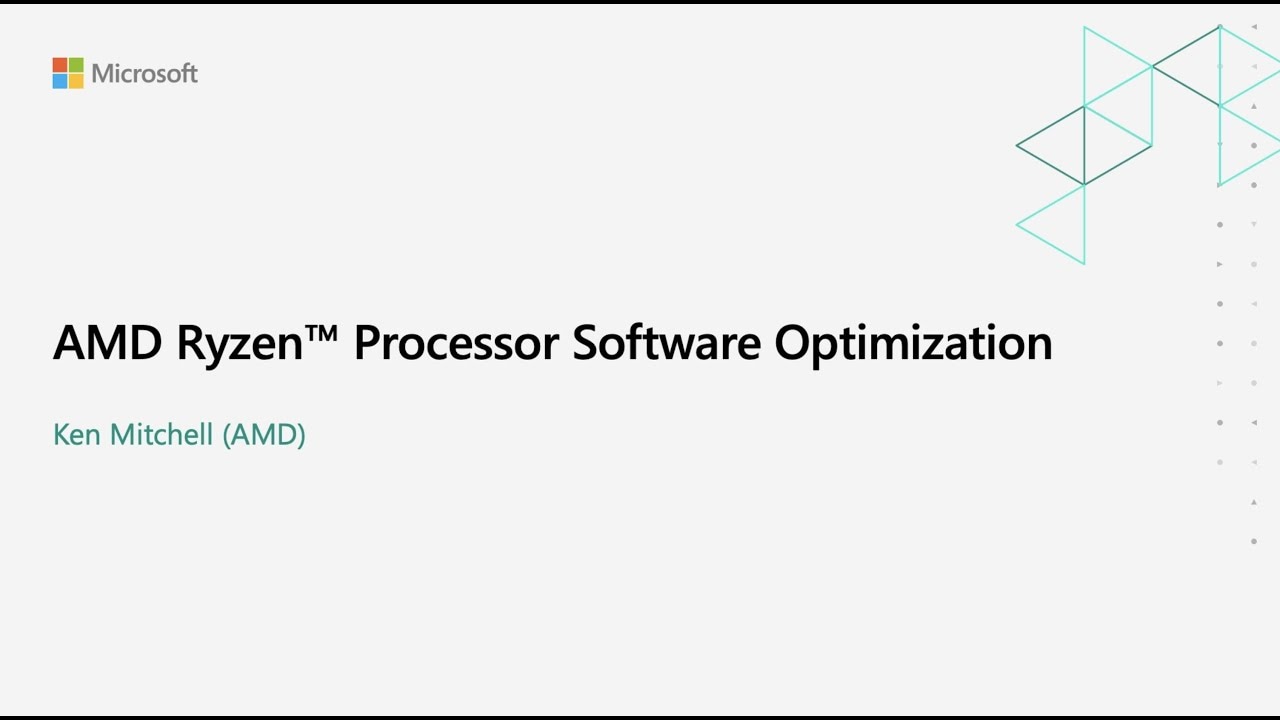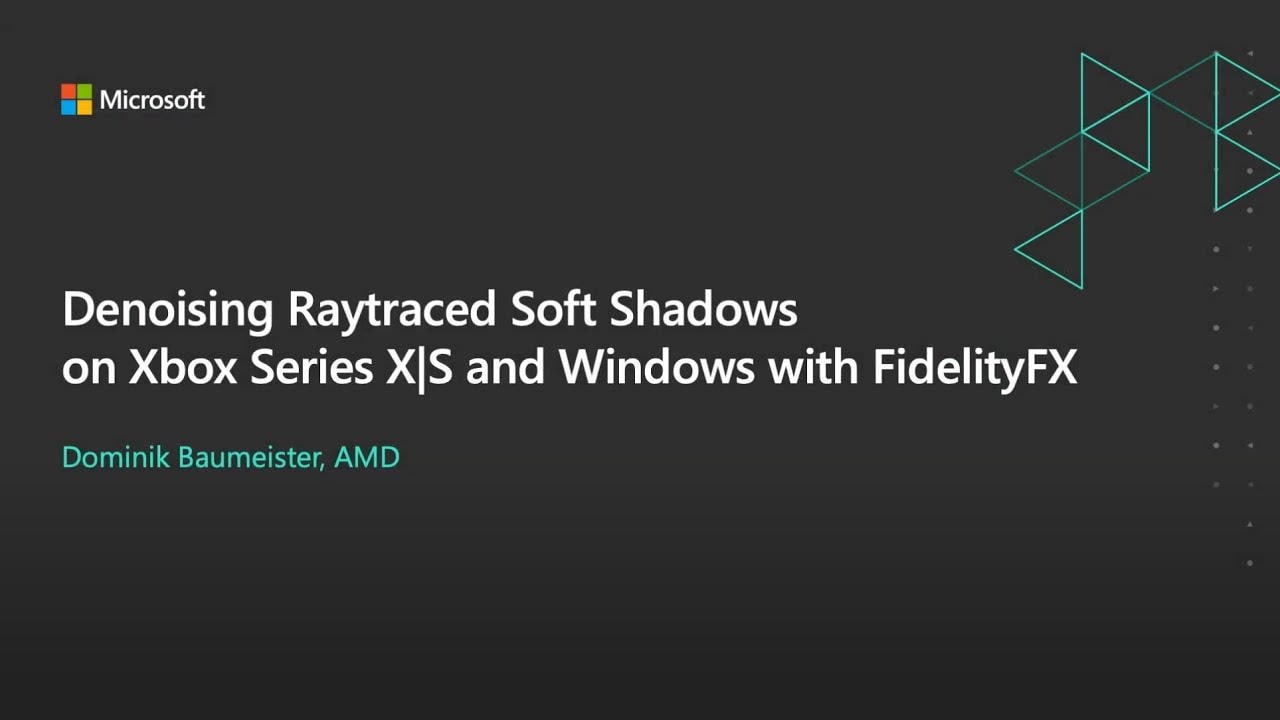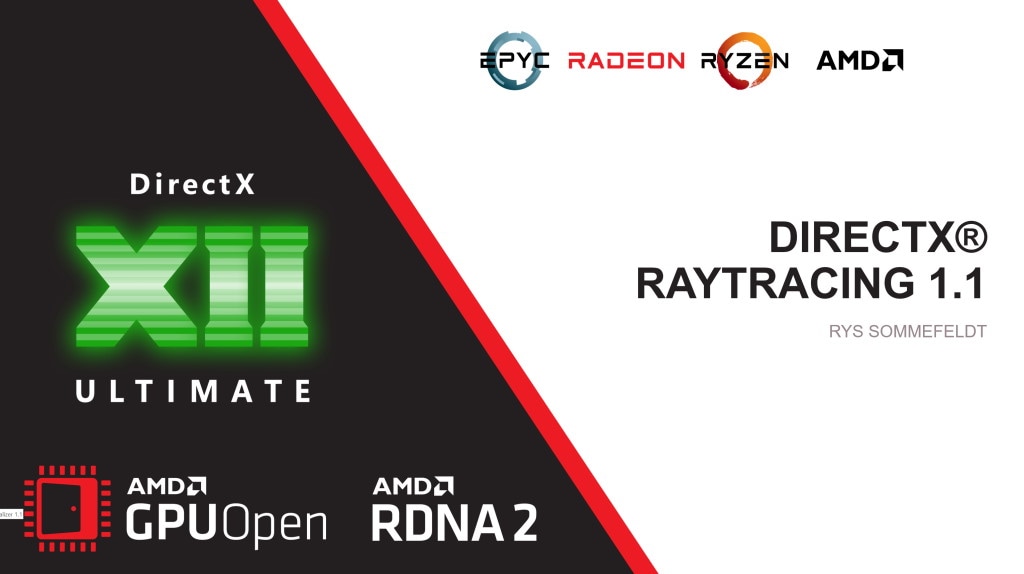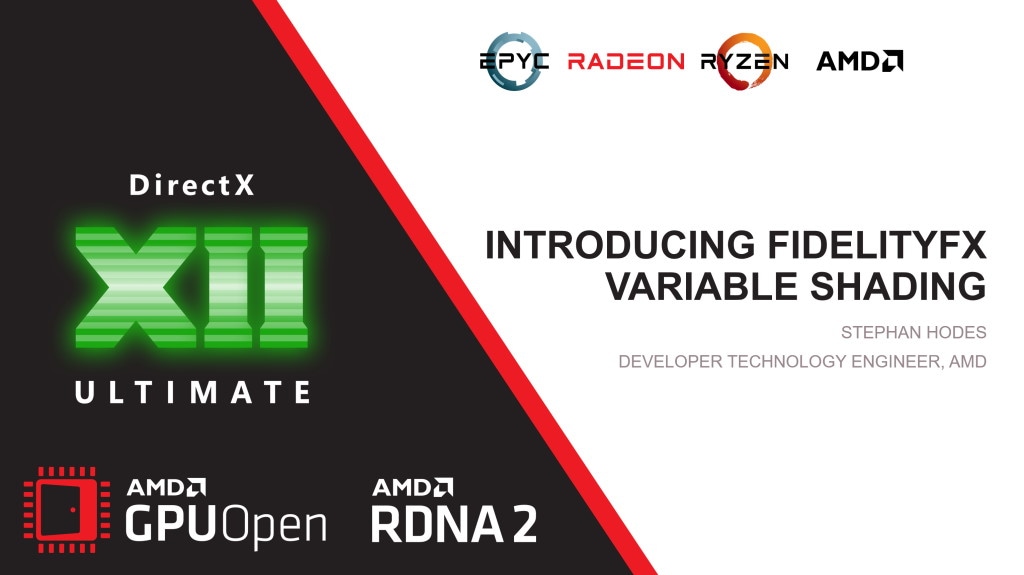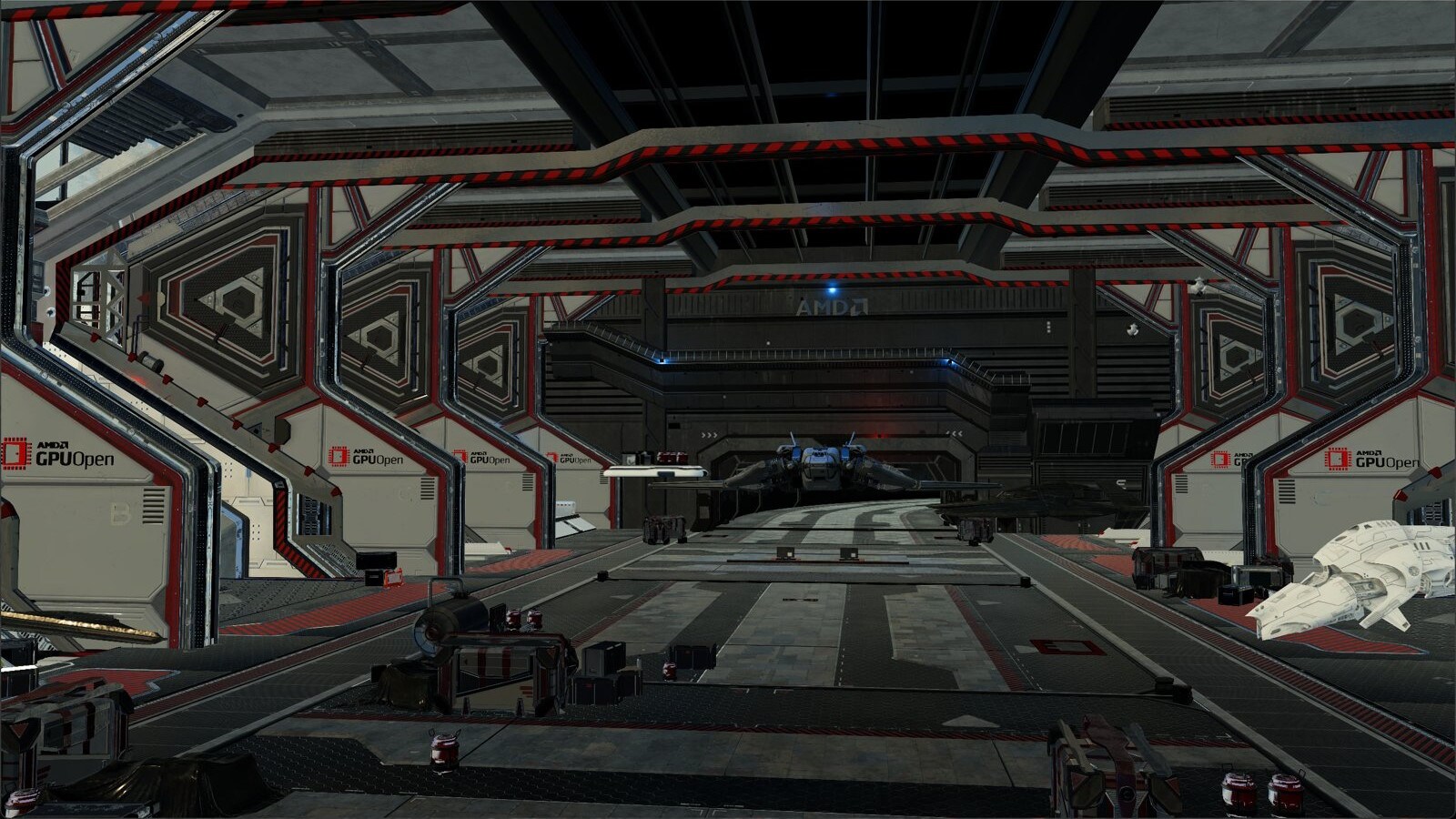
Related software

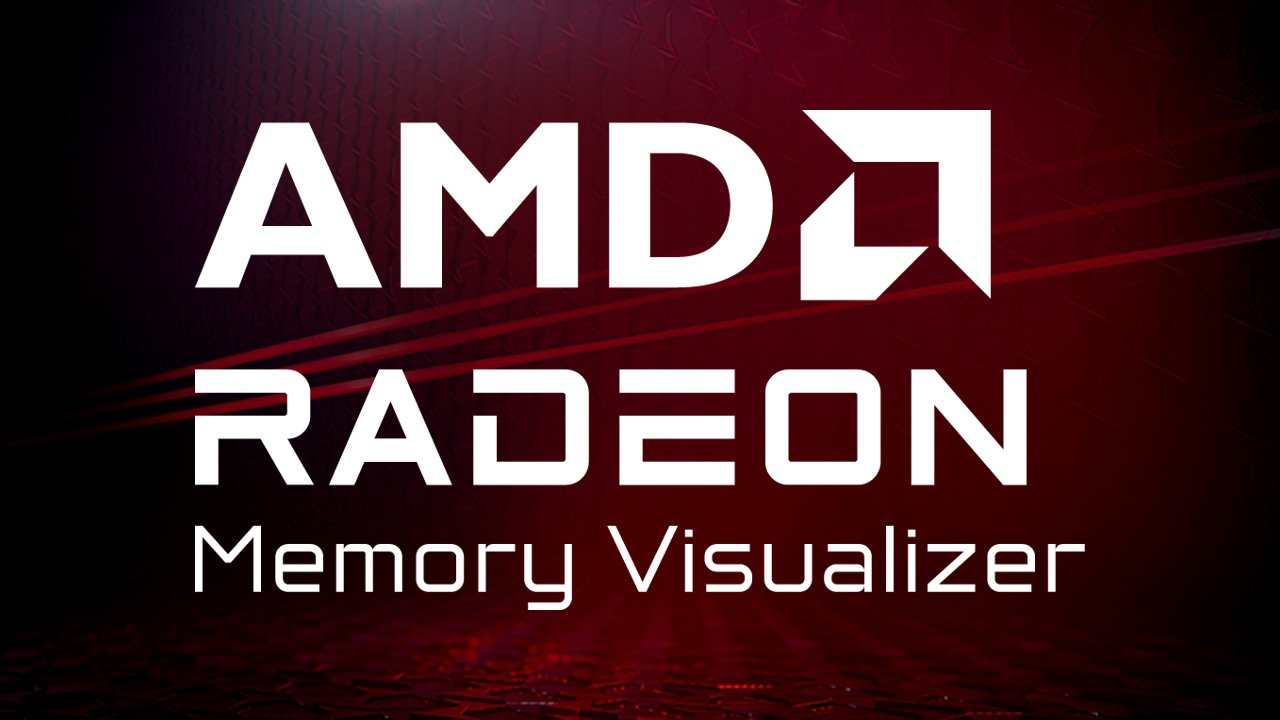
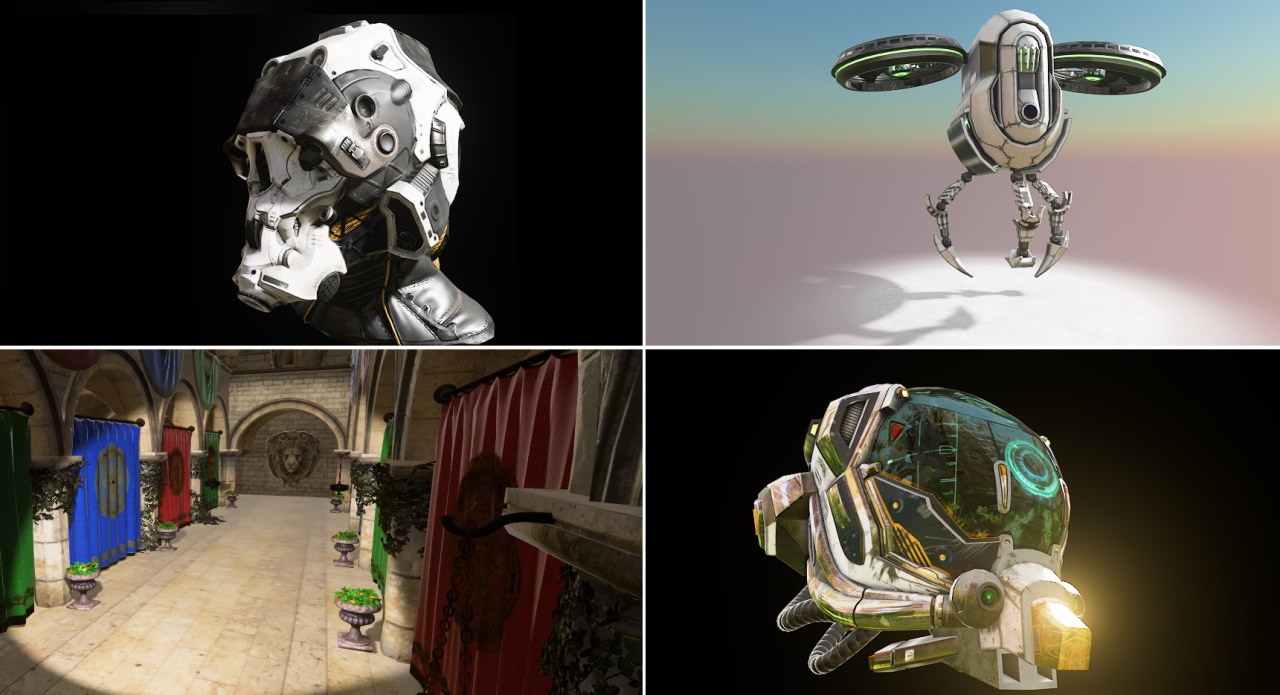
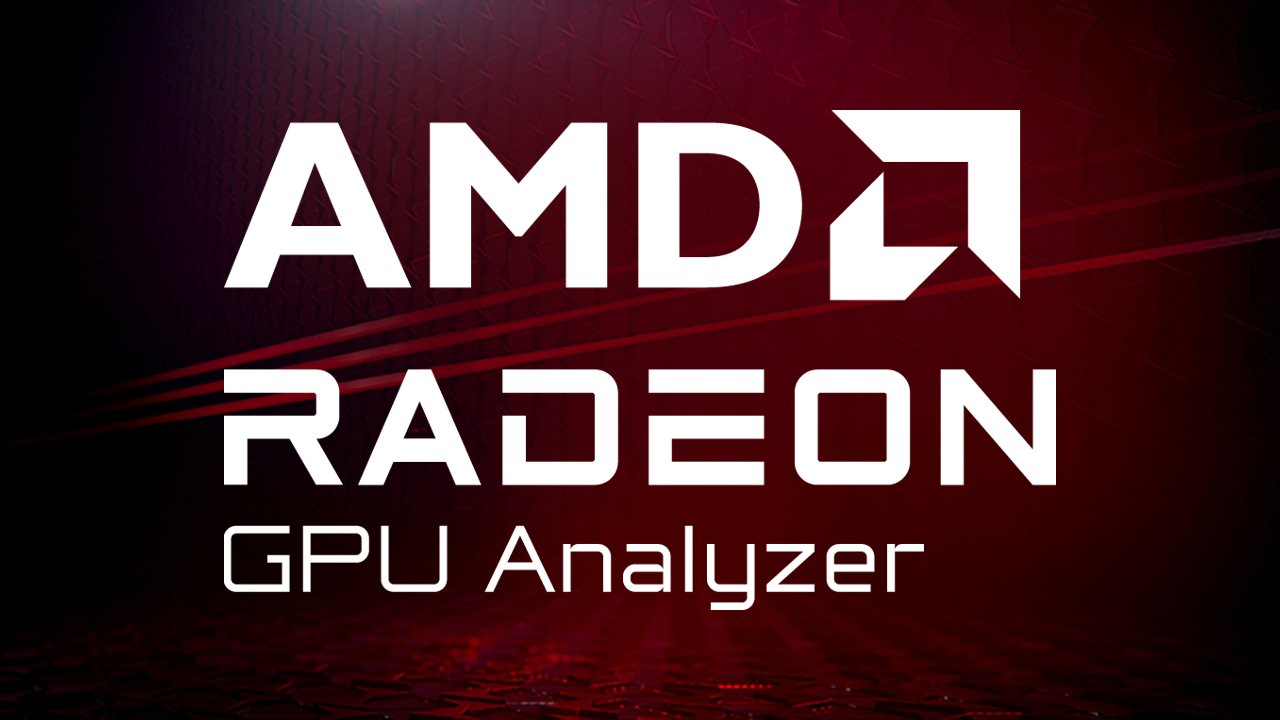

LiquidVR™ provides a Direct3D® 11 based interface for applications to get access to certain GPU features, regardless of whether a VR device is installed on a system.
This release adds the following features:
LiquidVR™ provides a Direct3D® 11 based interface for applications to get access to the following GPU features regardless of whether a VR device is installed on a system:
TrueAudio Next: is a scalable AMD technology that enables full real-time dynamic physics-based audio acoustics rendering. Leveraging the powerful resources of AMD GPU Compute, it enables the truly immersive audio required to achieve full presence in VR.
Asynchronous Shaders: Provides a subset of the async compute functionality native to Direct3D® 12 in Direct3D® 11. Helps to increase performance and decrease latency.
Affinity Multi-GPU: Provides the ability to send Direct3D® 11 API calls to one or more GPUs set via an affinity mask.
Latest Data Latch: Provides the ability to update data asynchronously from the CPU to reduce input or sensor latency.
Direct-to-Display: Bypasses the operating system and sends the result of VR rendering straight to the headset for lower latency and better compatibility. This LiquidVR™ functionality is exposed in a special SDK targeted at headset vendors, and is not application-accessible.
GPU-to-GPU Resource Copies: Provides ability to copy resources between GPUs with explicit control over synchronization.
Motion Estimation: Calculates the motion estimation generated from two surface frames. Motion estimation works on specific GPUs and can be used for ASW.
Vulkan® Interoperability: Provides conversion for buffers, surfaces and semaphores.
The LiquidVR™ run-time is automatically installed by the current AMD drivers. All that is needed for usage in an application is the LiquidVR.h header file, which is included in the LiquidVR™ SDK on GitHub. Download the White Paper to read a quick start guide which describes how to integrate LiquidVR™ into an application.





